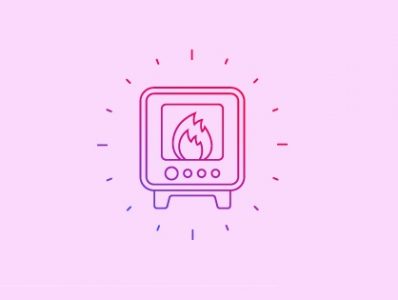
Small Waste Incineration Plant
Small Waste Incineration Plant historically burned wastes as means of disposal or recovery, however, the implementation of the SWIP Regulations and the Industrial Emissions Directive (IED) made it clear that very few categories of waste are permitted to be burned to that end.
To ensure that pollutant emissions are controlled and minimised, wastes have to be incinerated under specific combustion conditions to meet regulatory requirements. Simply burning waste does not give sufficient control and will usually lead to elevated concentrations of hazardous pollutants.
What Are SWIP Regulations?
The regulation of larger scale incinerators (processing>10T/day hazardous and/or 3T/hour non-hazardous waste) has long been covered by Section 5.1 (Part A) of the Environmental Permitting Regulations (EPR) and Chapter IV of IED (and previously the Waste Incineration Directive (WID)).
As a basic rule of thumb, for combustion plant of the appropriate capacity (>50kg/hr – 3T/hr or 10T/day (hazardous)), those processing only virgin/uncontaminated waste can be classified as Part B and regulated under EPR Chapter 5.1 and those processing contaminated or hazardous waste need to be classified as a Small Waste Incineration Plant and regulated under Schedule 13 of EPR.
Due to the potential for elevated emissions of hazardous pollutants from combusting contaminated or hazardous waste, there is far stricter SWIP Regulations and greater monitoring obligations imposed on operators of such plants than there is for Part B plant operators burning uncontaminated wastes.
Operators of plant that now fall under the requirements of Schedule 13 of EPR are required to obtain an EPR Permit from their regulating authority to operate their process. This may mean a transfer of operation from an existing permit or indeed the application for a brand new one.
Once a permit is obtained, the on-going monitoring obligations will usually include the requirement for both frequent periodic and continuous monitoring of various pollutants including, heavy metals, dioxins and furans, chlorides and fluorides, combustion gases, particulates and volatile organic compounds.
Upfront costs for continuous monitoring equipment and on-going periodic monitoring exercises should be an important consideration for operators of such plants as their obligations on this front are almost identical to those operating large scale waste incineration plants.
Experts In Small Waste Incineration Plants – SWIP Regulations
ECL can offer help, advice and solutions for numerous services relating to SWIP Regulations and Small Waste Incineration Plant, including:
- MCERTS Stack Emissions Monitoring
- Environmental Permitting
- Dispersion Modelling
- Environmental Planning
Get in touch with us and we can provide you with advice, information and a free quotation.
Contact us via our Enquiry Form or call us on 01443 841 760 for any queries regarding our wide range of services associated with Small Waste Incineration Plant like SWIP Regulations, SWIP Permits, SWIP Monitoring, Waste Incineration and Wood Incineration.

